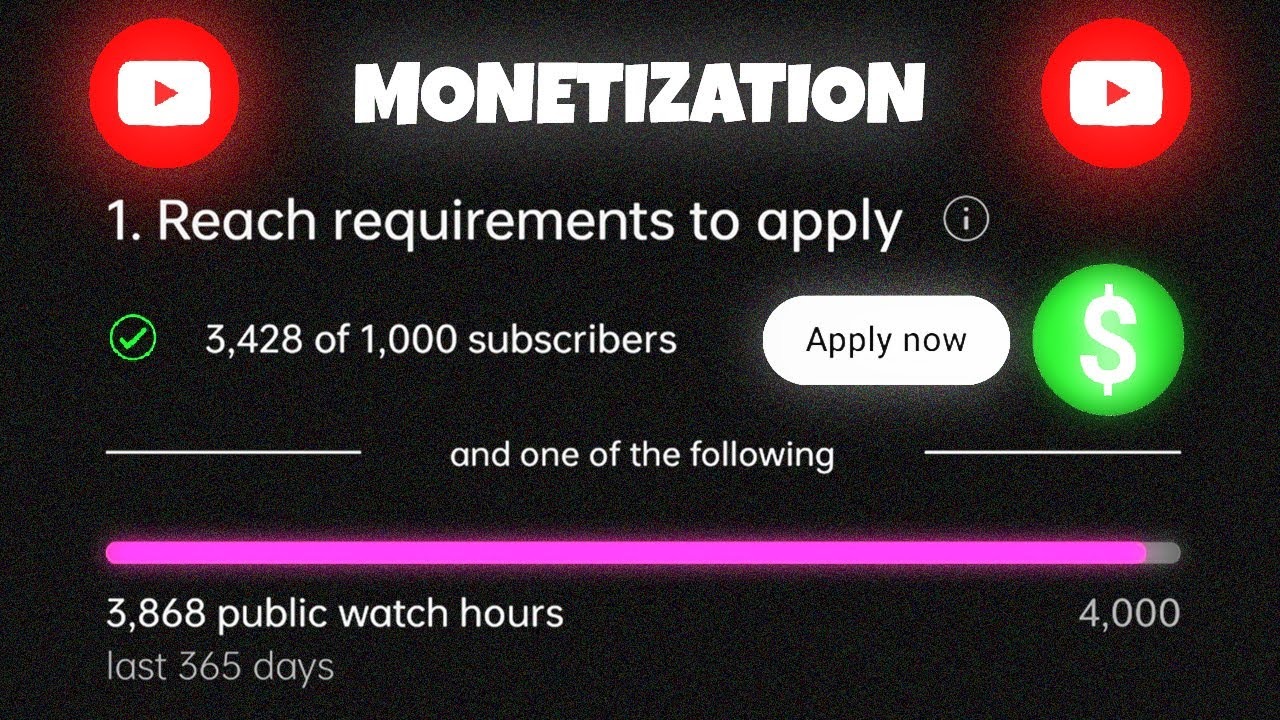Determining whether a YouTube channel has ads enabled is a straightforward process that can be useful for viewers, content creators, and advertisers alike. Ads on YouTube channels are primarily controlled by the channel owner through the platform’s monetization settings. When ads are enabled, viewers will typically see various types of advertisements such as pre-roll ads (ads before videos), mid-roll ads (ads during longer videos), banner ads, or overlay ads. Here is how you can check if a particular YouTube channel has ads enabled.
The most direct way to find out if a channel runs ads is by simply watching its videos. If you notice advertisements playing before the video starts or in the middle of longer videos (usually those over eight minutes long), it indicates that the channel has monetization turned on and thus has ads enabled. Pre-roll and mid-roll video advertisements are clear signs of active ad placement on that channel’s content.
Another method involves checking for sponsored content disclosures within the video description or during the video itself. While this does not directly confirm ad enablement through YouTube’s system, many creators include sponsorships alongside regular How to find YouTube is monetised monetize their channels further.
For creators who want to verify their own ad status, they can do so via YouTube Studio. By logging into their account and navigating to the Monetization tab under Channel settings, creators can see whether their account meets eligibility requirements like having at least 1,000 subscribers and 4,000 watch hours in the past year. If these criteria are met and monetization is approved by YouTube, then ads will be automatically placed on eligible videos unless manually disabled per video.
It is important to note that some channels may have monetization but choose not to run all types of ads or might disable them on specific videos based on content suitability or viewer experience considerations. For example, family-friendly channels often opt for fewer intrusive ad formats.
Additionally, using browser extensions designed to block advertisements might prevent seeing whether a channel actually runs them; therefore disabling any ad blockers temporarily while checking helps ensure accurate observation.
In summary, identifying if a YouTube channel has ads enabled mainly revolves around observing actual advertisement placements when watching its videos or reviewing creator-specific settings for those owning channels themselves. This knowledge assists users in understanding how content is funded and supports informed decisions regarding viewing preferences or potential collaborations with advertisers.


